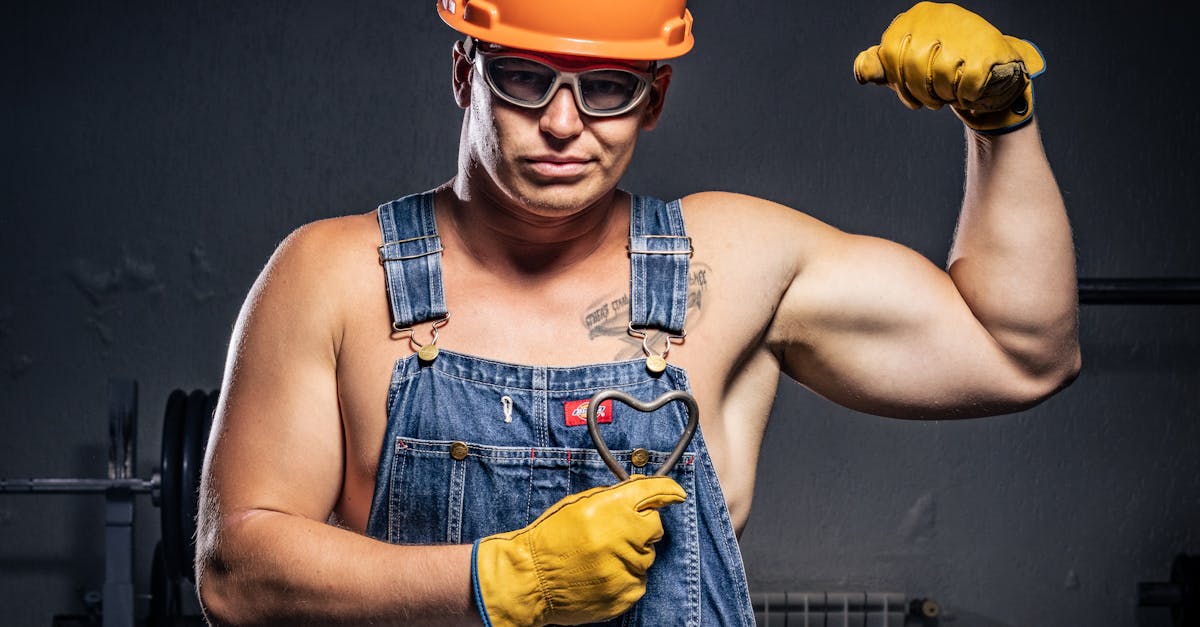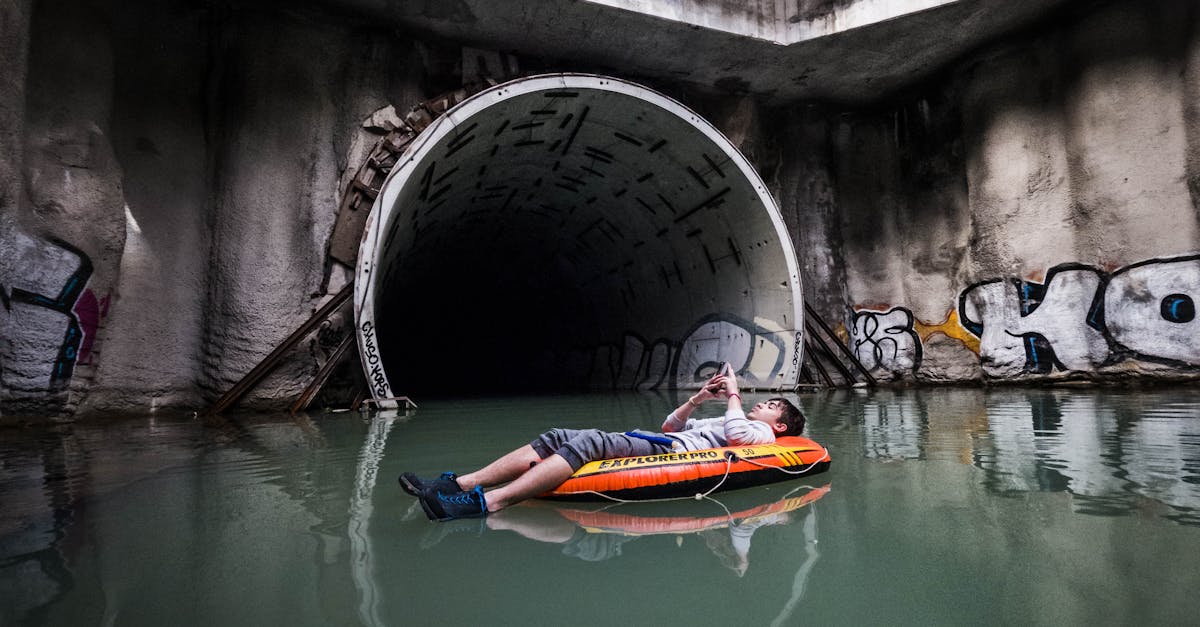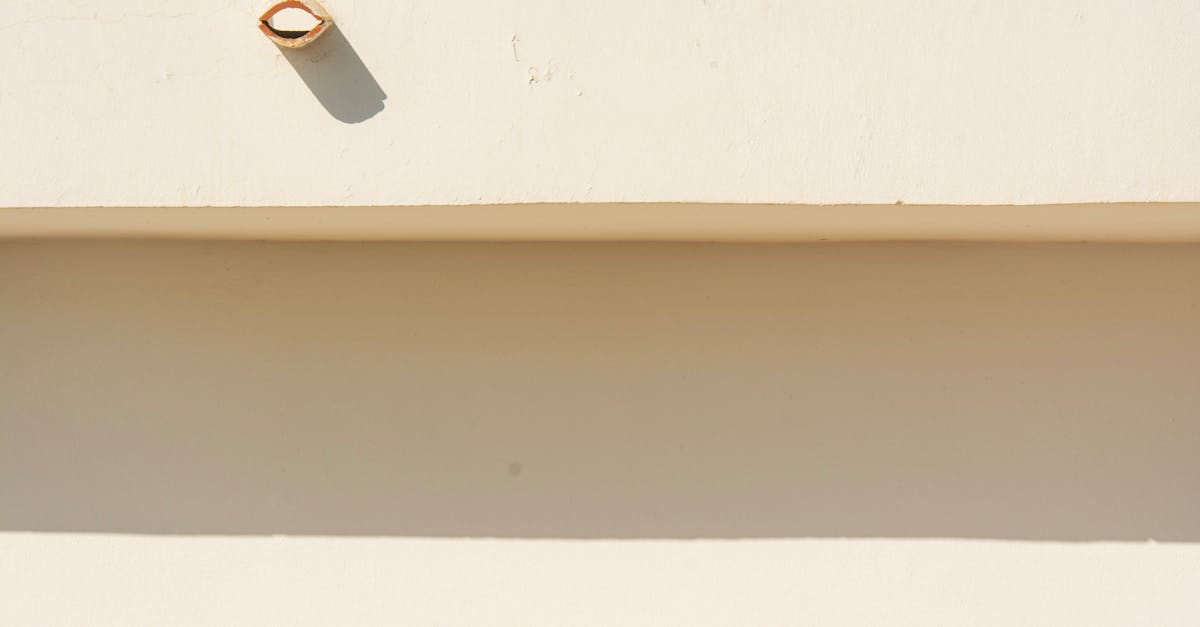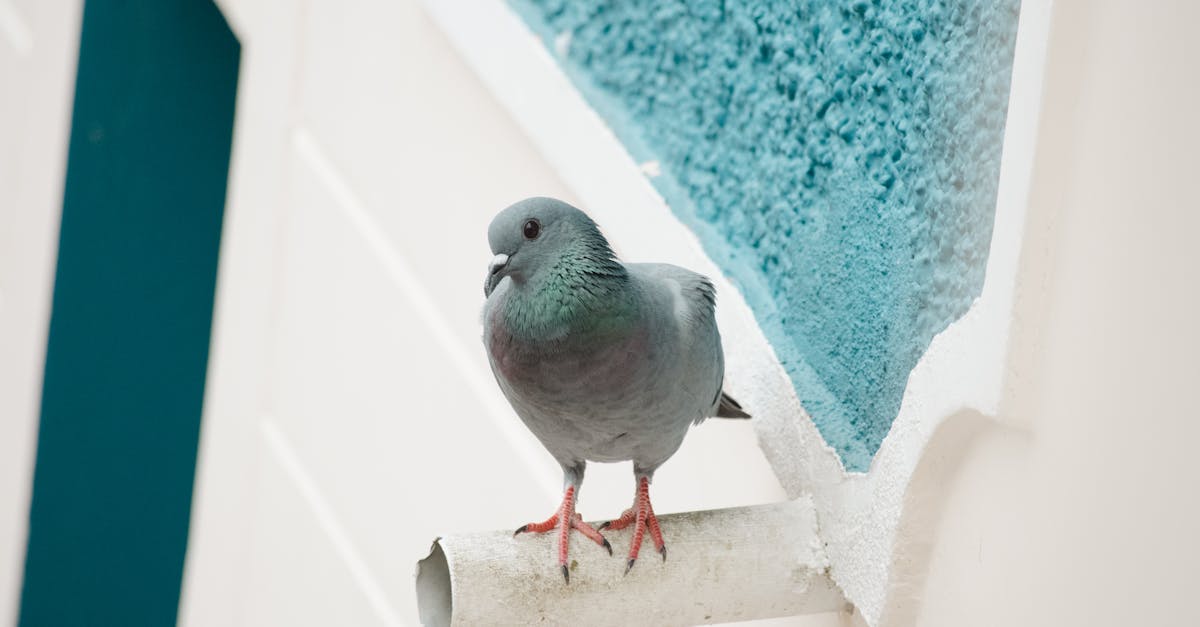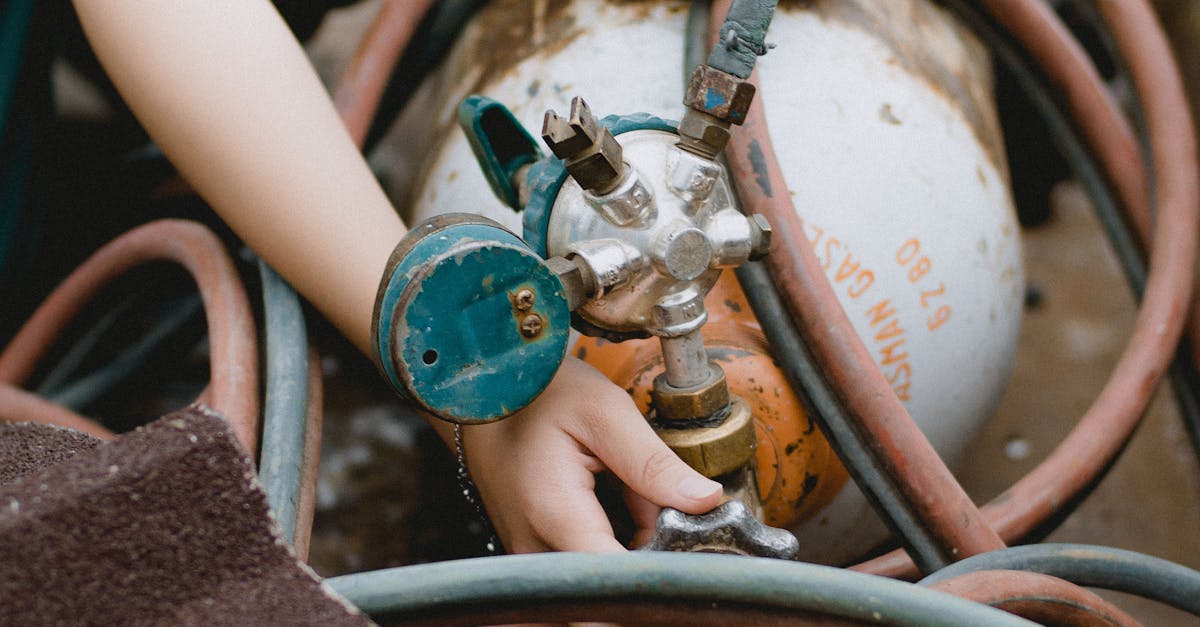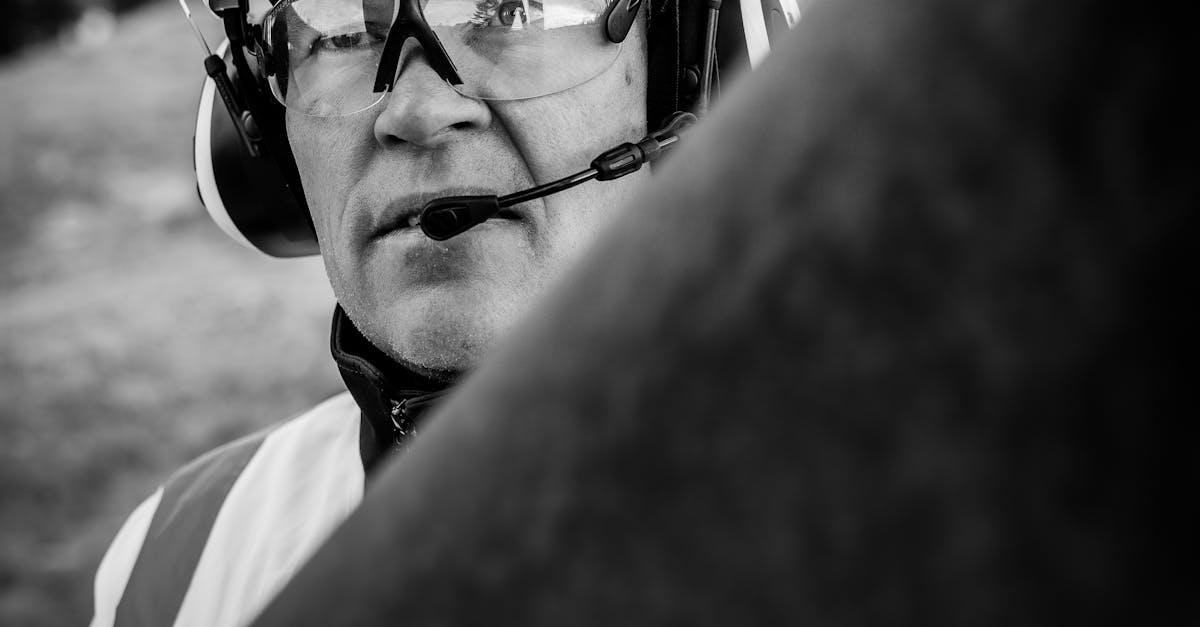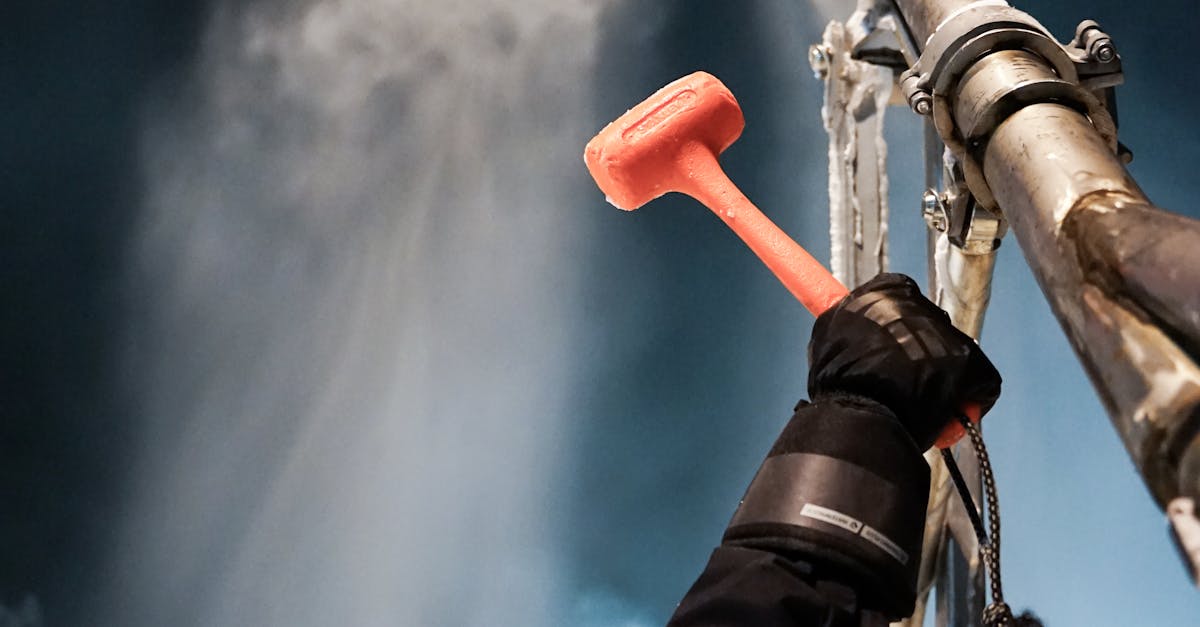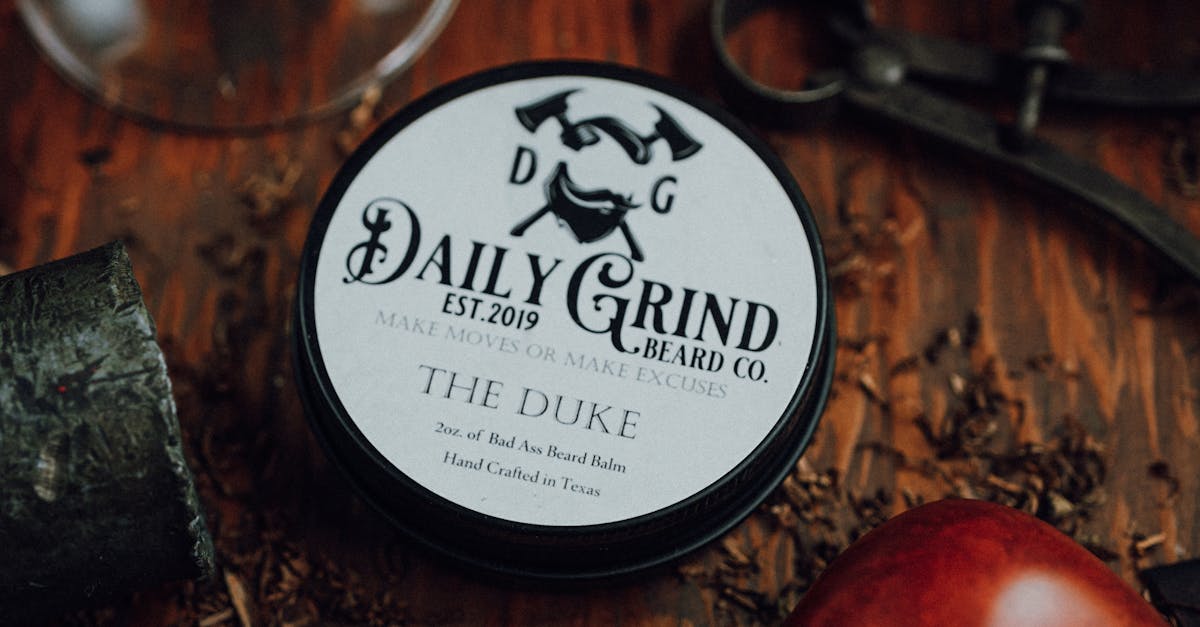
Table Of Contents
Steps Involved in the Relining Process
The process of pipe relining begins with a thorough inspection of the existing galvanized pipes. This usually involves the use of a CCTV camera to assess the condition of the pipes and identify any issues such as cracks, leaks, or blockages. Once the assessment is complete, the area around the pipes is prepared, often requiring some excavation to gain access. This preparation ensures that the relining procedure is executed effectively, setting the stage for a successful renovation of the pipe's internal structure.
After preparation, the relining material is carefully chosen and applied. Usually, a special epoxy resin or liner is used, which is inserted into the damaged pipe. The lining is then expanded and cured, forming a new, durable inner layer that adheres to the existing pipe walls. This method not only repairs the damage but also enhances the overall integrity of the plumbing system. Completing the pipe relining process typically involves another inspection to verify the effectiveness of the repair and ensure that the flows are restored to normal.
Detailed Overview of Each Stage
The relining process typically begins with a thorough assessment of the existing galvanized pipes. This stage involves the use of cameras to inspect the interior of the pipes for any damage or blockages. Finding cracks, corrosion, or tree root intrusions can influence the relining technique and material chosen. Once the assessment phase is complete, the next step involves cleaning the pipes. High-pressure water jets are often deployed to remove any debris, rust, or buildup that might hinder the integrity of the new lining.
Following cleaning, the application of the relining material takes place. The chosen lining, often a resin-soaked fabric, is inserted into the pipe and inflated to conform to the pipe’s interior shape. After the material cures, it hardens to create a new lining that reinforces the old pipe without the need for excavation. This method significantly reduces disruption while extending the lifespan of the existing galvanized pipes. Lastly, a final inspection ensures that the new lining has been applied correctly and that the pipes are ready for use.
Choosing the Right Materials for Relining
Selecting suitable materials for pipe relining is crucial for ensuring longevity and effectiveness. The choice often depends on the specific issues presented by the existing galvanized pipes. Engineers commonly recommend materials that demonstrate high resistance to corrosion while offering flexibility to accommodate any imperfections or irregularities in the old pipes. Epoxy resins are frequently used due to their robust characteristics, which help create a strong internal pipe structure.
In addition to epoxy resins, the type of lining material can also affect the overall performance of the relined pipe. Some materials are better suited for high-pressure applications, while others excel in environments prone to chemical exposure. It’s essential to consider factors such as expected lifespan, local environmental conditions, and the specific purpose of the pipe system when choosing materials for relining. This attention to detail can significantly enhance the effectiveness of the pipe relining process and prevent future issues.
Best Materials for Galvanized Pipe Relining
When it comes to pipe relining for galvanized pipes, the choice of materials plays a crucial role in ensuring a successful and long-lasting repair. One of the most effective materials used in this process is epoxy resin, known for its durability and resistance to corrosion. This type of resin forms a solid bond with the existing pipe, providing a seamless liner that can withstand various environmental factors. Additionally, it can help to improve the flow of water through the pipe, mitigating further issues.
Fibreglass is another popular option in pipe relining. Its lightweight nature and flexibility make it an excellent choice for navigating tight bends within the existing pipeline. This material can be applied in conjunction with epoxy resin to create a robust and efficient system. Both materials are designed to extend the lifespan of galvanized pipes, providing a reliable and cost-effective solution for homeowners facing plumbing issues.
Professional vs. DIY Pipe Relining
Professional pipe relining services offer a level of expertise and resources that can ensure a successful outcome for your plumbing needs. Licensed professionals are equipped with the latest technology to assess the condition of your pipes and undertake the relining process effectively. Their experience allows them to navigate potential challenges and maximise the longevity of the relined pipes, which can lead to fewer maintenance issues in the future.
On the other hand, DIY pipe relining may appeal to homeowners looking to save on costs. Those with a background in plumbing or home repair might find it feasible to tackle small-scale relining projects themselves. However, this approach carries the risk of improper installation or the use of unsuitable materials, potentially leading to further complications down the track. Homeowners considering this option should weigh their skills against the potential for costly mistakes.
Pros and Cons of Each Approach
Choosing between professional and DIY pipe relining involves weighing various factors. Professional services often offer expertise and advanced equipment, ensuring a high-quality finish and potentially extending the lifespan of existing pipes. This approach can minimise the risk of mistakes that might occur with a DIY effort. However, hiring professionals can be more costly, and some homeowners may feel hesitant to allocate a significant budget to a project they believe they could manage themselves.
On the other hand, DIY pipe relining can provide a sense of accomplishment and save money on labour costs. Homeowners may find some satisfaction in taking on the task and learning about their plumbing system in the process. Yet, without the right tools and experience, the risk of inadequate repairs or further damage can increase. It's important to consider personal skill levels and the complexity of the task when deciding which approach to take.
FAQS
Can galvanized pipes be relined?
Yes, galvanized pipes can be relined. This process can help restore their functionality and extend their lifespan without the need for complete replacement.
What are the steps involved in the relining process for galvanized pipes?
The relining process typically involves inspecting the pipes, cleaning them thoroughly, applying a resin coating, and then curing the resin to form a new pipe lining within the existing pipe.
What materials are best for relining galvanized pipes?
The best materials for relining galvanized pipes include epoxy resins and polymer-based liners, as they provide strong adhesion and resistance to corrosion.
Is it better to hire a professional for pipe relining or attempt it as a DIY project?
It depends on your experience and comfort level. Hiring a professional can ensure the process is done correctly and efficiently, while a DIY approach may save money but requires knowledge and skill.
How long does the relining process take?
The duration of the relining process can vary based on the extent of the damage and the size of the pipes, but it typically takes a few hours to a day to complete.
